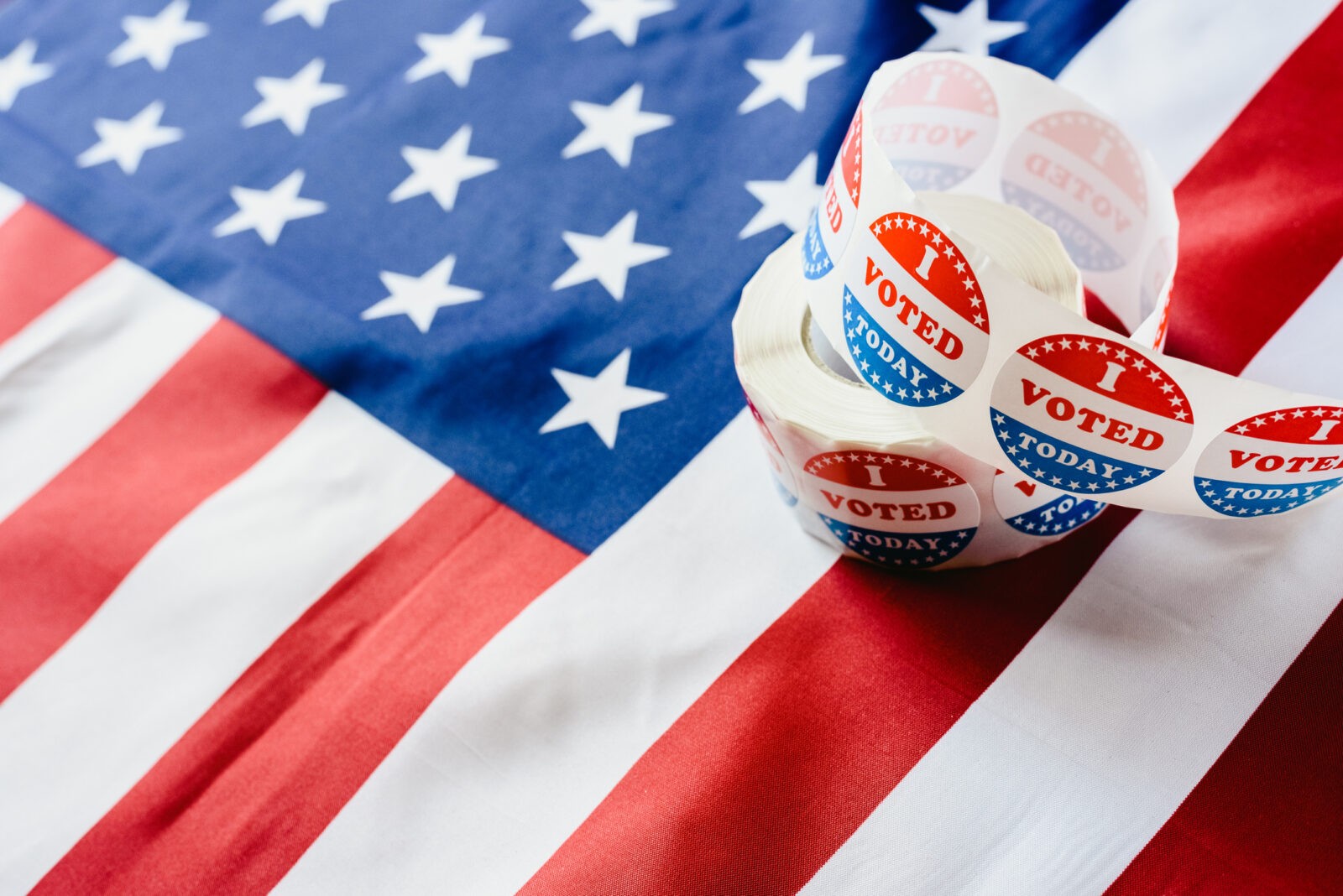September 28, 2021
Election Day Registration Would Remove Voting Barriers
Member of the Northeast Ohio ACS Chapter and Co-Chair of the Ohio Citizens Redistricting Commission

In many states, voting is a cumbersome two-step process. A person must first register and only then can they vote. This two-step process suppresses voter turnout and disproportionally affects students and persons of color. It is also unnecessary. The two-step process can be easily combined into one by the simple step of permitting Election Day Registration.
The idea is far from novel. Today, 20 states plus Washington DC allow some form of Election Day Registration. This includes red leaning states like Idaho, Utah, and Wyoming, and as well as blue states like Vermont, California, and Connecticut.
Election Day Registration has also shown itself to be a remarkable success story. The purpose of any electoral system should be to encourage people to participate, and states that have Election Day Registration have over 10% higher voter turnout than states without it. It is therefore time to pass legislation that would require all states to allow Election Day Registration. This will make things easier for voters and election officials alike.
Opponents of Election Day Registration raise a number of concerns, none of which have merit. First they argue that allowing voters to register and vote at the same time encourages “voter fraud.” They contend that Election Day Registration would allow people to show up and try to register and vote twice, or even more than twice. Never mind that there is no evidence of this actually occurring. Nor is it likely to occur. Voters who register on Election Day have to show proof of residency. This means their names and addresses would be clearly marked off as having voted, just like any pre-registered voter who votes on Election Day. And any attempt to register and vote twice would constitute a felony punishable by fines and jail time.
Opponents also claim that Election Day Registration causes a burden on election officials. But that assertion has been debunked by election officials in the 20 states that allow Election Day Registration who say the burden is minimal. In fact, election officials in states with Election Day Registration have found that it promotes efficiency because it decreases the need for provisional ballots and thus lessens the work for election officials because it eliminates the need for them to take additional steps to verify and count provisional votes.
Finally, opponents say that Election Day Registration encourages voters to be uninformed. But why this would be is not clear. There is no reason to assume that someone who pre-registers is any more knowledgeable than someone who does not. This is purely a make-weight argument designed to make voting harder, not to make voting more informed.
In fact, the history of state voter registration laws is rooted in efforts to limit voter participation. Voters were not generally expected to register themselves until the early 1800s. As voter registration laws began to surface more frequently, they became a tool to try to exclude certain groups of people from voting, from immigrants and working people in Northern cities to Black people living in the South. Onerous registration laws continue to be a contentious subject, with conservatives generally seeking more restrictive policies to discourage participation and progressives seeking ways to ease registration burdens to increase voter participation.
I’m from Ohio, where the deadline to register is 30 days before Election Day. This is one of the most restrictive deadlines in the country and is the longest time period allowed under federal law. It’s no surprise then that Ohio’s voter turnout of our voting eligible population is the lowest of Midwestern battleground states. We actually have about 1.5 million Ohioans who are eligible to vote, but aren’t registered. Election Day Registration could really make a difference for so many voters here. Especially young voters and voters of color, who disproportionately make up that unregistered population.
Federal legislation is currently before Congress that would bring Election Day Registration to the remaining states who don’t have it. The Freedom to Vote Act would remedy the assault on voting rights taking place in so many states like Ohio, Georgia, Arizona, and Texas. Together with the John Lewis Voting Rights Advancement Act (which would restore and update the full protections of the landmark Voting Rights Act of 1965), the Freedom to Vote Act would be the most comprehensive democracy reform law enacted in decades.
We need to let people vote, and in order to do that, we must ensure that registration is not a barrier. This National Voter Registration Day, let’s work to bring Election Day Registration to Ohio and to all of our United States.
Kathleen Clyde served four terms in the Ohio General Assembly, representing the 75th House District in Northeast Ohio from 2011-2018. In 2018, she was the Democratic nominee for Ohio Secretary of State. A founding member of the ACS Columbus Lawyer Chapter and the OSU Student Chapter, Kathleen is currently a member of the Northeast Ohio Lawyer Chapter and serves as Co-Chair of the Ohio Citizens Redistricting Commission.




